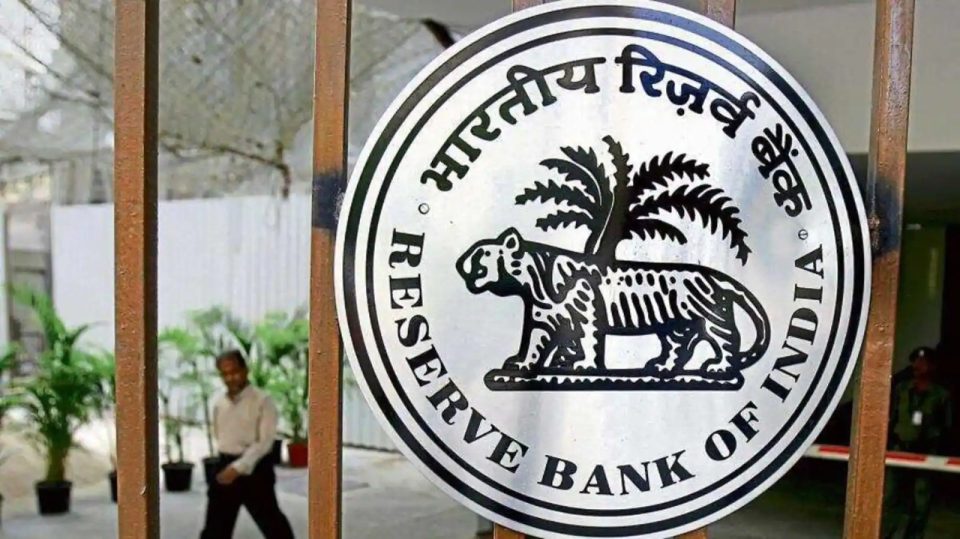A combination of factors, including Reserve Bank of India (RBI) intervention in foreign exchange markets and strong demand for credit, contributed to a significant reduction in excess liquidity in the banking system this month.
From an average daily absorption of Rs 1.88 trillion (the amount of money held by banks) in July, it has fallen to Rs 1.26 trillion so far in August, according to the RBI. Daily absorption of the RBI’s Liquidity Adjustment Facility (LAF) was below Rs 1 trillion from Monday to Thursday.
The data also showed that the number of funds deployed by the central bank fell to less than Rs 1 trillion a day, more than the previous month.
In 28 days in July, there were five times when RBI funds held by banks fell below the Rs 1 trillion mark. In addition, a miscalculation of cash flows by a large bank amid an indirect tax outflow in late July led to a sudden influx of funds that pushed up money market interest rates, according to Finance Ministry officials.
So far, the RBI’s average net absorption of excess liquidity has been below the Rs 1 trillion mark in seven of the 21 working days in August.
As the RBI has turned to tighten monetary policy over the past few months, the speed with which the liquidity surplus has diminished is telling. The average daily absorption of liquidity in the June-July period stood at Rs 3.8 trillion.
Funding costs across the banking system have also been affected since the end of July as money market rates approached the benchmark policy repo rate. Until then, money market rates have typically been well below repo rates, as the massive liquidity injection by the RBI since the start of the pandemic has ensured that funding costs remain low.
“There are signs that the RBI has been intervening in the foreign exchange market given what is happening globally,” said Sakshi Gupta, chief economist at HDFC Bank. “But I think it combines higher credit growth and the interventions we’ve seen in the FX space. We’ve been seeing a liquidity surplus in the system since last week (the second last week of July). There’s been a drop and a lot of volatility in it,” Gupta told Business Standard.
The central bank has defended the rupee by selling the dollar amid global growth concerns and sharp interest rate hikes by the Federal Reserve, the main factor behind the excess liquidity. RBI’s dollar sales suck rupee liquidity from the banking system.
The latest data showed that the RBI’s total foreign exchange reserves stood at $564.05 billion as of August 19, the lowest level since October 2020. Reserves fell by $6.7 billion per week as of August 19.
The latest data showed that the RBI sold a net $3.7 billion in the spot market in June after buying $2 billion in April and $1.9 billion in May.
“Geopolitical uncertainty and a series of Fed rate hikes have weakened emerging market currencies, including the Indian rupee, since the start of the year. Foreign reserves will likely remain under pressure soon as the DXY has returned to its mid-July highs. The point, while oil prices are expected to remain high,” said Ritika Chhabra of economist and quantitative analyst Prabhudas Lilladher.
With the rupee likely to remain under pressure while credit demand is expected to pick up further during the festive season, some Treasury officials are even forecasting a liquidity deficit in January-March.
Tighter liquidity has also pressured banks to mobilise deposits to meet loan demand over festive seasons aggressively. As of August 12, bank credit rose 15.3% year-on-year, and deposits rose 8.8%.






